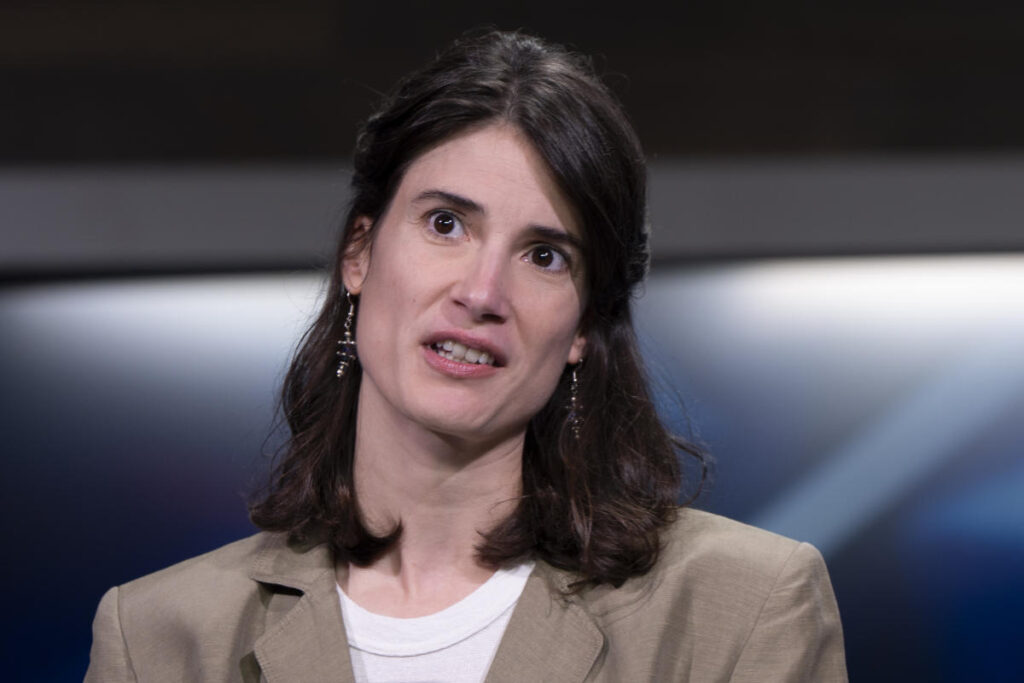The political landscape in the Pacific Northwest is witnessing significant attention from national Republicans and Democrats, particularly in two key congressional races that could determine control of the U.S. House of Representatives. In Oregon’s GOP-held 5th Congressional District and Washington state’s Democratic-held 3rd Congressional District, the environment is described as competitive or a “toss-up,” heightened by the presence of freshman incumbents who narrowly won their seats in the 2022 midterms. Political analysts are closely observing voter mobilization efforts, especially among moderates and independents, noting that historically, turnout tends to be higher in presidential election years than in midterms. With both districts exhibiting a blend of Democratic and Republican leanings, they could prove pivotal in shaping the political balance in Congress.
In Washington’s 3rd Congressional District, a fierce rematch is unfolding between incumbent Democratic Representative Marie Gluesenkamp Perez and Republican challenger Joe Kent, who is backed by Donald Trump. The district, characterized by a mix of rural farmland and suburban areas, is critical for Republicans, as it narrowly supported Trump in 2020. Gluesenkamp Perez positions herself as a centrist who has maintained a bipartisan voting record, emphasizing her focus on issues like medication abortion rights while maintaining a pragmatic approach to her constituents’ concerns. Conversely, Kent has sought to paint her as too extreme, leveraging economic issues, including inflation and illegal immigration, as key campaign themes. Kent’s approach has evolved, with efforts to moderate his stance on abortion, which he previously labeled as an “evil stain on our humanity.” This shift suggests an attempt to attract a broader voter base in a district where independents and moderates hold the balance of power.
The backdrop of their contest is further complicated by recent political dynamics, including Kent’s previous loss to Gluesenkamp Perez and the changing demographics of Washington state’s voter base. The district’s Republican leanings in the primary elections, where GOP voters outnumbered Democrats, have added urgency to his campaign, although state officials caution that primary turnout does not predict general election outcomes. With both candidates emphasizing their commitment to rural economic issues, the contest foregrounds a continuing battle for the hearts of voters across Southwest Washington.
Oregon’s 5th Congressional District, having recently undergone significant redistricting, is equally contentious. Formerly a Democratic stronghold for over two decades, it transitioned to a Republican-held seat following the 2022 midterms with the election of Lori Chavez-DeRemer. She is now challenged by state Representative Janelle Bynum, who is significantly backed by national Democratic organizations. The district is diverse, incorporating affluent suburbs, rural areas, and regions around Portland, which adds complexity to the electoral strategies. Bynum’s candidacy is historic as she could become the first Black member of Congress from Oregon, whereas Chavez-DeRemer, a former mayor, holds the title of the first Latina congresswoman from the state.
Bynum’s platform centers on safeguarding reproductive rights by codifying the protections originally granted under Roe v. Wade, while Chavez-DeRemer highlights her previous supports and endorsements from law enforcement groups. Although both candidates attempt to frame each other as radical or extreme, they also stress their own bipartisan credentials to appeal to the district’s varied electorate. Recent fundraising trends showcase Chavez-DeRemer leading with approximately $4 million raised, compared to Bynum’s $2.4 million, emphasizing the financial stakes involved in this heated contest.
As both districts draw significant investments from party-affiliated campaign arms for advertising, it is clear that both parties view these congressional battles as crucial not only for their immediate electoral outcomes but for the long-term implications for congressional control. With both candidates in Oregon and Washington focusing on local issues while navigating national party dynamics, the electoral strategies will significantly shape the candidates’ outreach to a diverse voter base. As election day approaches, the results in these districts could have far-reaching implications for the future of party control in the House of Representatives as well as broader trends in voter sentiment across the Pacific Northwest.

